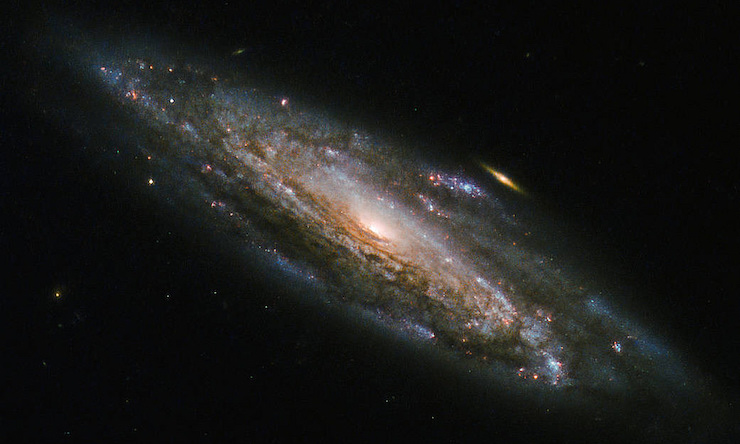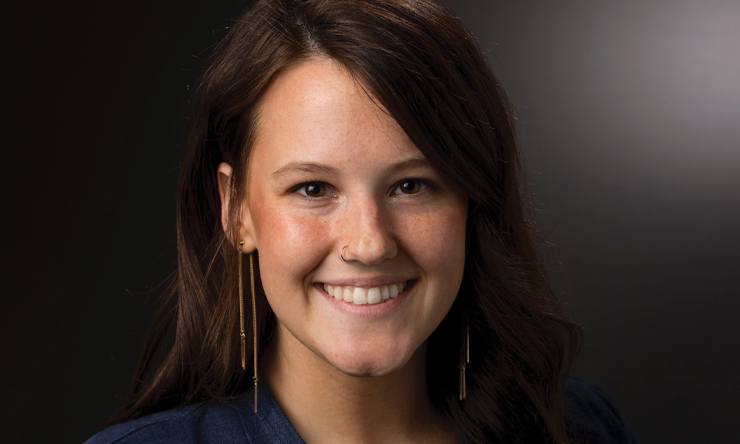St. Ambrose students Roshan Khadka (BSME), Krishna Acharya (BSME), and Biraj Silwal (Computer science) worked with Engineering and Physics Professor Dr. Robert Mitchell during the 2018 Undergraduate Summer Research Institute (USRI).
Together they calculated the distances to exploding stars – supernovae – in other galaxies using Expanding Photosphere Method (EPM), thereby determining the distances to the galaxies themselves.
The method requires studying the spectrum of a supernova and its brightness in different light colors (photometry) and how these evolve over time to determine the temperature and speed of the supernova ejecta. This data is necessary for distance calculations.
One of the challenges in this study is that most supernovae are not observed over a long enough period of time to obtain the number of spectra and photometry needed for precise calculations.
Another is the problem of interstellar gas and dust obscuring the supernova. This must be corrected in the data and often results in very large uncertainties in the temperature. Very noisy spectra – due to poor photometry signals – cause large uncertainties in the speed.
The specific calculations used in this version of the EPM were developed only for Type II-P supernovae, which have abundant hydrogen in the ejecta. This project tried to expand the same method to calculate the distances of other types of supernovae, Type IIb (thin hydrogen layer, dissipates quickly, the helium layer is exposed), Type Ib (hydrogen layer completely shed before explosion, leaving helium layer), and Type Ic (hydrogen and helium layers completely shed before explosion). Other types examined in this study were II-L, IIn, and superluminous supernovae (SLSN), which can be billions of light-years away (e.g., SN 2008es was at 2.35 billion light-years, and CSS121015 was 5.28 billion light years away).
The distance that Dr. Mitchell and his students calculated were compared to the distances determined by other methods. The results varied from successful, close with the uncertainty, and not successful, but the overall results were very helpful in understanding how to improve the EPM in the future.
The results of this study suggest that different types of supernovae can indeed have their distances accurately measured by this method, provided the temperature and speed are determined in certain specific ways and that there is little to no gas or dust in the way. In addressing these probable error sources, Dr. Mitchell will work on expanding this method to find accurate distances to more types of supernova and possibly to the farthest supernovae too.
Dr. Mitchell and Krishna intend to present the results of this project at the upcoming conference of the American Astronomical Society in Seattle in January 2019.
Share This Story




